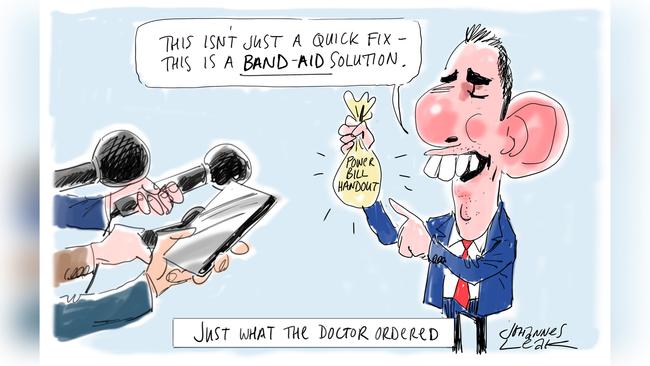
The third child of another time and government, the tax cuts that come into effect in July next year are legislated, will offset bracket creep for a time, and are written into Tuesday’s budget.
Jim Chalmers was adamant on Sunday about Labor’s commitment to stage three.
“The tax cuts are in the budget because our position hasn’t changed and they were legislated some time ago,” the Treasurer told the ABC. “One of the features of these particular tax cuts, which is too often ignored, I think, is that they kick in around $45,000 a year. We have always supported tax relief for people on low and middle incomes.”
Stage three is a restraint on a government that embraces more worthy causes than it can fit into its funding envelope. The Reserve Bank said on Friday that the tax cuts will help revive household disposable income growth next year, and support consumer spending, when mortgage repayments hit a record high.
But within the trade-off between fiscal repair and targeted cost-of-living relief, the slippery beast of fairness is mutating in a post-pandemic polycrisis: stiff people on six figures who’ve been waiting for their tax break since 2018. Anthony Albanese and Chalmers are going to have to be very careful about dudding anyone before the next election, due in 2025, as middle-income earners would be forced to hand back half the pay rises of recent years because of fiscal drag.
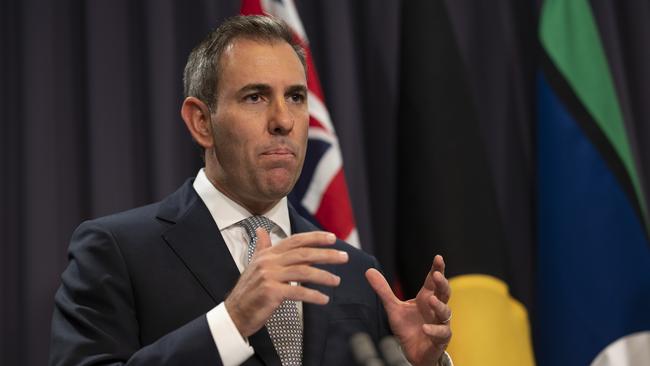
While people on incomes above $45,000 will get a tax cut, the bulk of the benefit from a flatter tax system, naturally, will go to those higher up the pay scale, particularly the top 5 per cent of earners.
Anyone earning more than $200,000 will get a tax cut of $9075. The tax on that income now is about $64,000.
The bottom line is these future tax cuts are the product of a balanced budget past, when bracket creep was doing its quiet magic of fiscal repair while eating up the purchasing power of pay rises.
The Coalition’s pre-pandemic aspirational pledge was a tax flattening and simplification over three stages to “ensure that 94 per cent of Australians will face a marginal tax rate no higher than 30c in the dollar”.
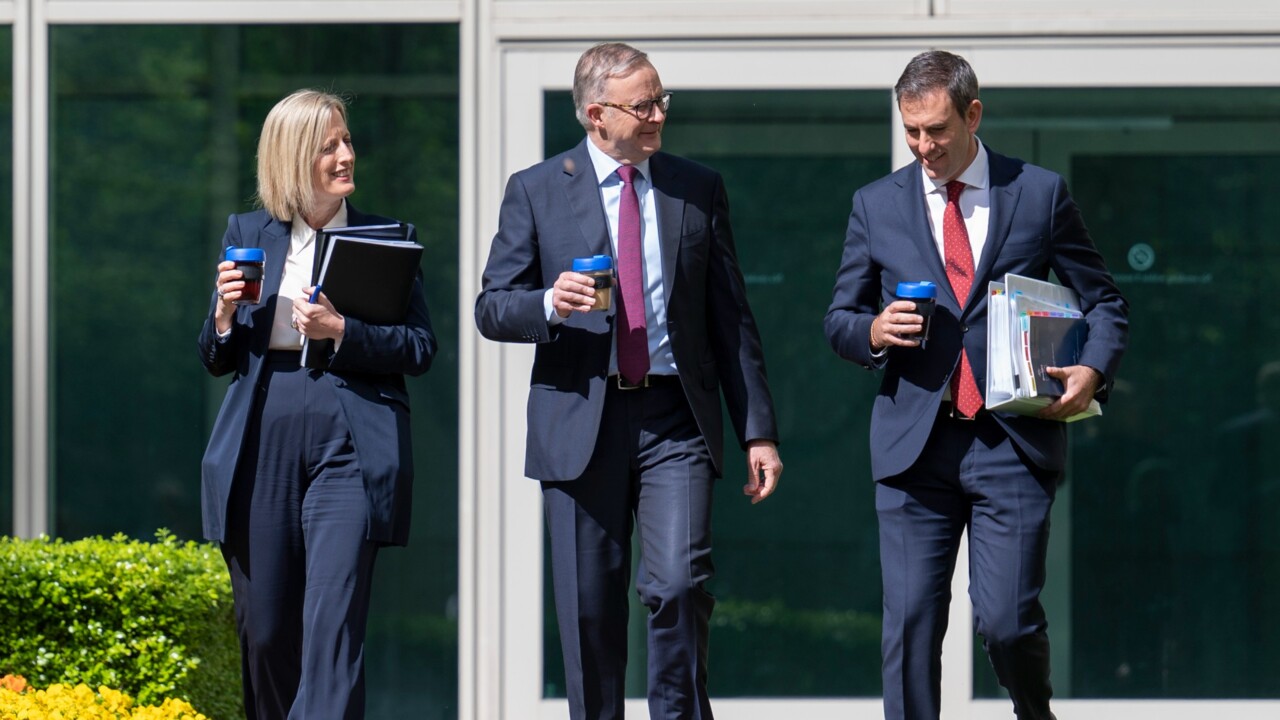
Stage three is unloved by those who don’t pay tax or have enjoyed the bounty of the first two tranches, which were modified and extended because of elections and the pandemic.
New analysis by the OECD shows that the often reprised Low and Middle Income Tax Offset (or “Lamington” in the parlance of eccentric economists), which Chalmers has discontinued, reduced the tax burden on low- and middle-earning “taxpayers”.
Only half the population earns enough to pay personal income tax.
A single worker without children on average earnings (about $95,000 last year) has seen their tax burden fall from 24.6 per cent of gross pay in 2018 to 23 per cent last year; the tax burden of a single worker on two-thirds the average wage fell from 19.6 per cent to 17 per cent over the period.
A worker at 167 per cent of average earnings has seen their tax burden fall from 30.4 per cent to 29.6 per cent.
As independent budget expert Chris Richardson argues, the LMITO from stage one did its job and it’s right to now wave the $11bn-a-year tax fiddle goodbye.
“There is indeed a case to trim the stage-three tax cuts, but that’s mostly because they’re too big,” he writes in a pre-budget analysis. There’s much less of a case to keep the extra tax cuts for low- and middle-income taxpayers.”
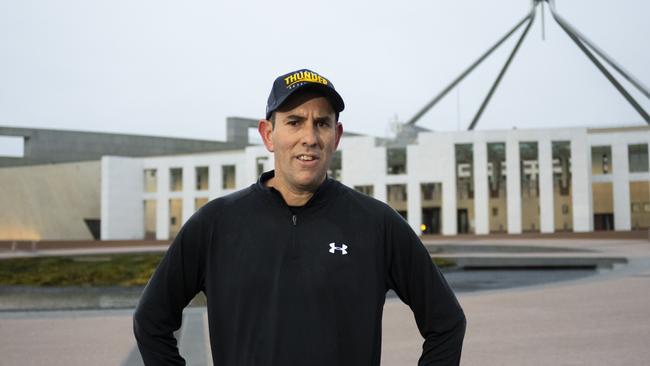
Dropping the offset as planned, he says is “both good tax economics and good macroeconomics”.
Ditching stage three, however, would make the tax system even less efficient than it is now and provide a green light to the stealth incentive killer of bracket creep. Also known as fiscal drag, it occurs when rising incomes cause individuals to pay an increasing proportion of their income in tax, even though tax settings may not have changed.
Next financial year alone, this “thief in the night” will deliver the tax office a tidy $4bn from wage inflation. That’s a good earner and one method to reduce debt, but not a sustainable way to run a tax system. It’s risky.
Some countries index their tax rates to inflation, a discipline on governments for sure, rather than Canberra’s ad hoc approach.
Higher-than-expected growth in national income supercharges the cost of stage three, by about 10-15 per cent a year over the coming decade; they start at $18bn in 2024-25 and grow to about $40bn in their tenth year.
Yet according to analysis by the Parliamentary Budget Office, without the stage-three measures, the share of tax revenue from personal income tax would be 55 per cent in a decade.
That’s higher than at any time since the introduction of the GST in 2000, and compares to the low of 45 per cent at the end of the Howard years in 2007-08.

As tax maestro Ken Henry has said, stage three isn’t the problem with our tax system.
“As far as I’m concerned, I’d leave them as they are,”Dr Henry told ABC TV last month.
“They’ve already been legislated. They are consistent in their framing with what we recommended in our tax review, published 12 years ago.
“It’s not in the personal income tax system where the effort has to be made. It’s in the other components of the tax system where the effort has to be made to raise more revenue.”
On current trends, the average personal income tax rate will hit a record high of 26.7 per cent in 2032-33. The PBO has sketched out some of the risks of bracket creep and reliance on a single source of revenue.
“For some people, especially those on relatively low incomes, bracket creep can reduce workforce participation,” the PBO said in December.
“At higher incomes, bracket creep can strengthen incentives for tax planning and structuring.” The OECD and IMF keep urging governments here to take the burden off personal income tax and make the system more efficient and sustainable.
But in the middle of this future give-back, in 2028-29, bracket creep again outstrips the cost of stage three; that will make the system less progressive as middle earners pay a higher share of total tax. “The legislated stage-three tax cuts in 2024-25, which cost around $250bn over the period to 2032-33, offset some of the impact of bracket creep, but do not eliminate it completely,” the PBO says in an analysis of personal taxation.
“Bracket creep will still continue even after taxes are cut.”

In a decade, the gap will be $20bn and there are no other proposals for tax cuts on the table.
The tax cuts are indeed generous for those with big tax bills, and as Canberra’s spending accelerates and the commodity bonanza subsides in coming years, the pressure to find other revenue and spending cuts will intensify.
Some economists argue the tax cuts are too big given the dire 10-year outlook for the budget. Both spending and taxing have to contribute.
There is a push to re-engineer stage three, perhaps as the Grattan Institute proposes by retaining the 37 per cent bracket, cutting the 32.5 per cent rate to 30 per cent, and raising the top tax threshold (45 per cent) from $180,000 to $200,000.
That would improve the bottom line by $8bn a year.
Dropping stage three entirely, unlikely as it appears, would make the skinny-margin Albanese government a bigger target.
The electoral reality in high-income seats Labor snaffled last May from the Liberals in Sydney, Melbourne and Perth, means the tax cuts will stay in some form.
Any busting of trust would inflict more pain at the polls on a risk-averse government, and outweigh any kudos from winning over the elite minority who yammer about budget repair.
Labor must find another path to get there.


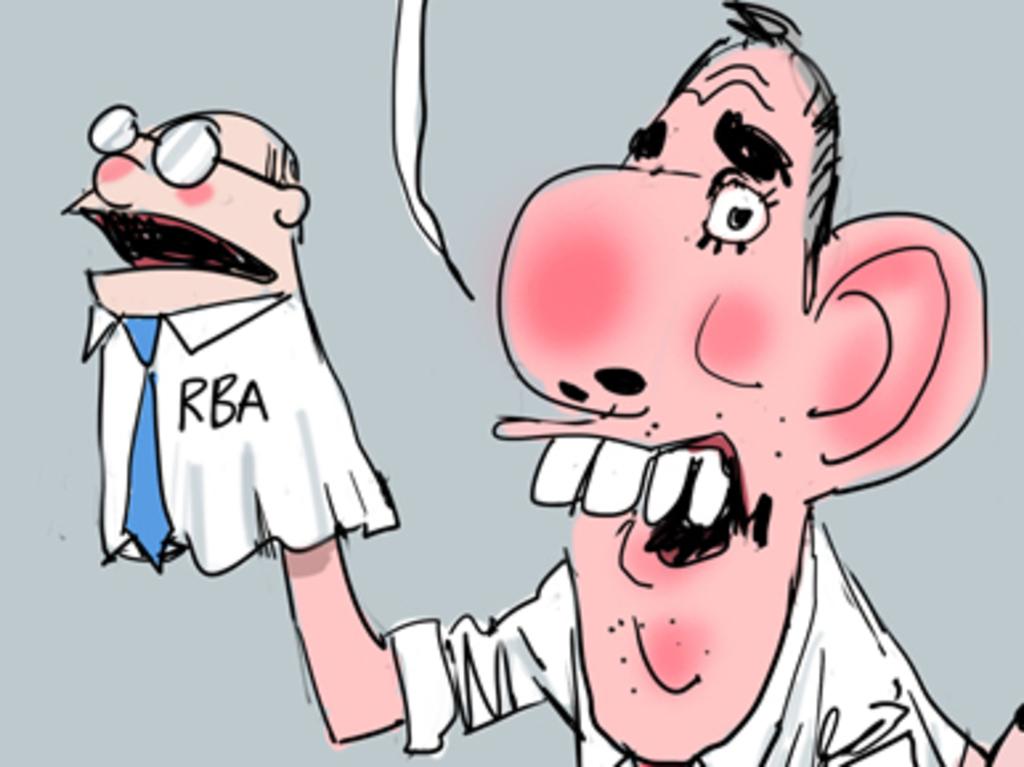



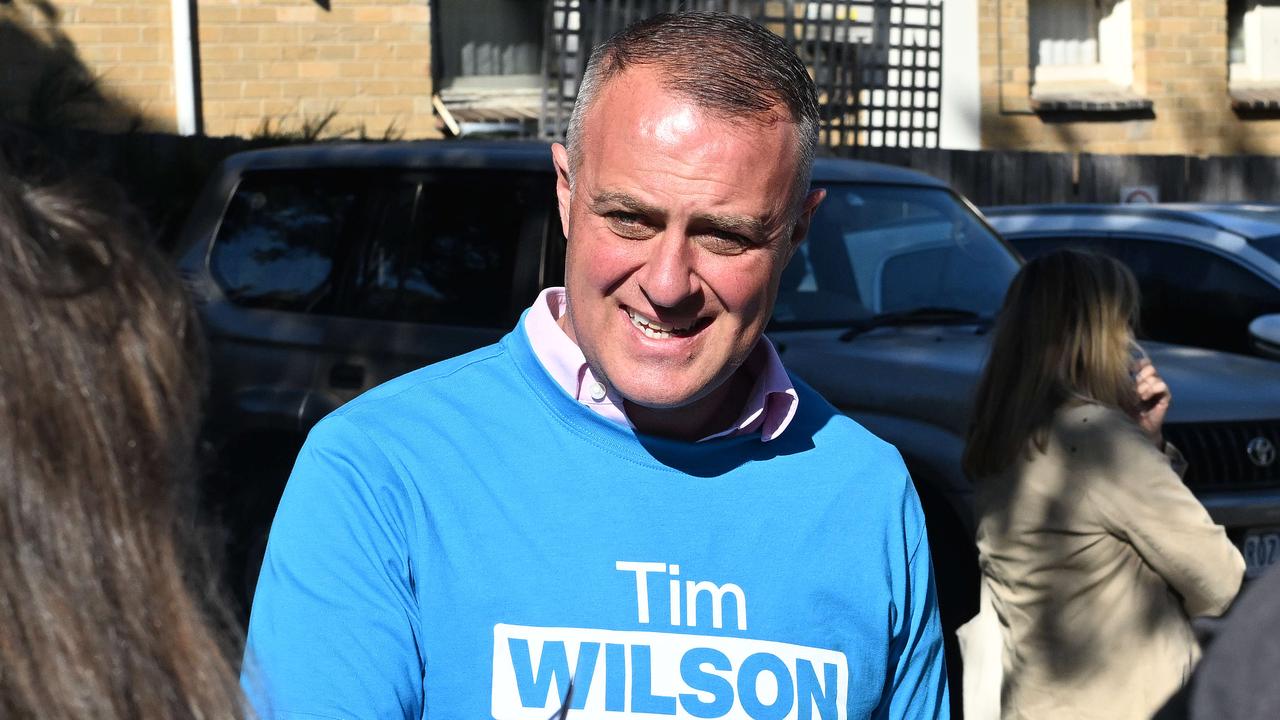
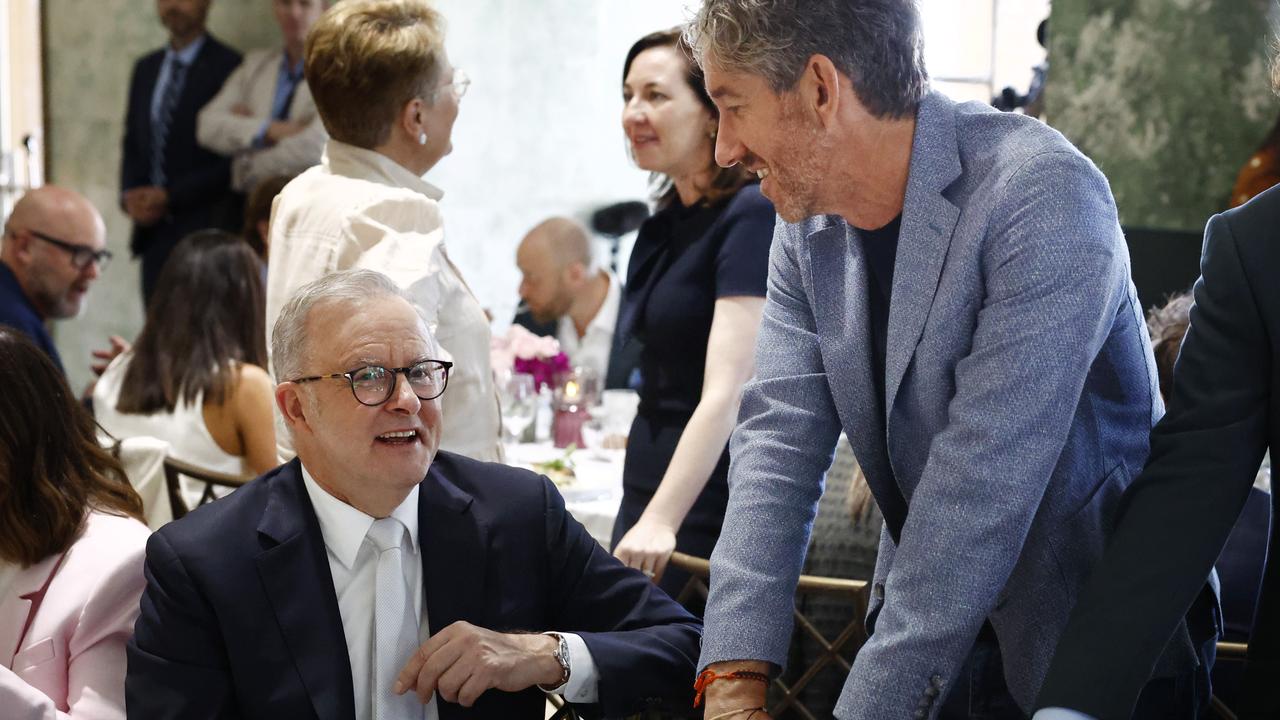
The stage-three tax cuts are again the target of a smash-and-grab from welfare advocates and media motor mouths in a cynical lunge to fund bigger government and foment the politics of envy.